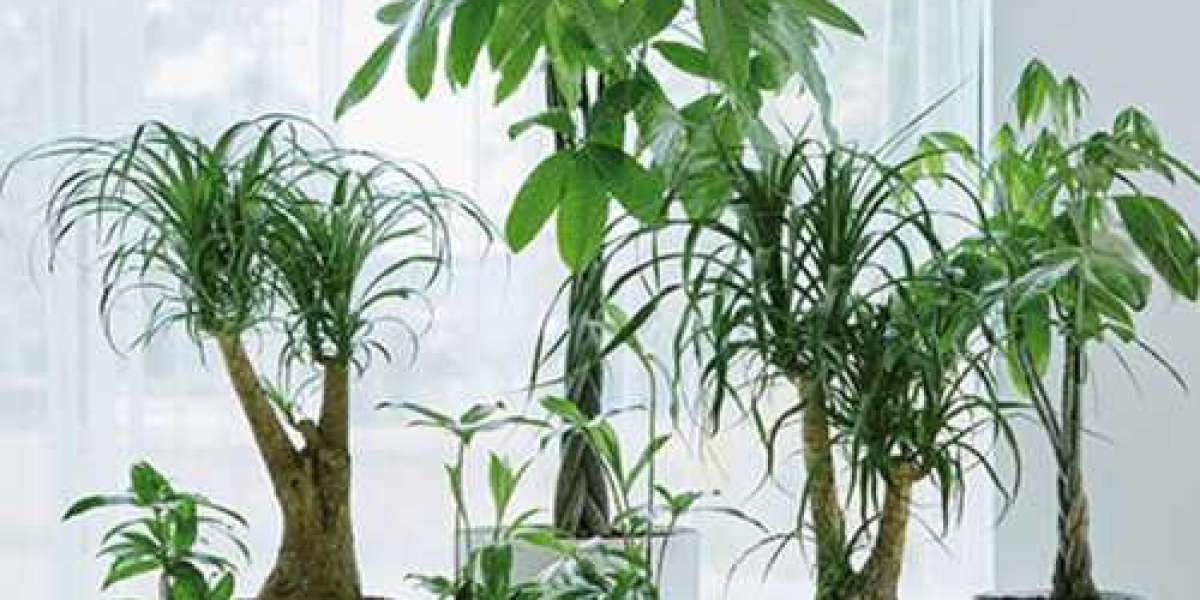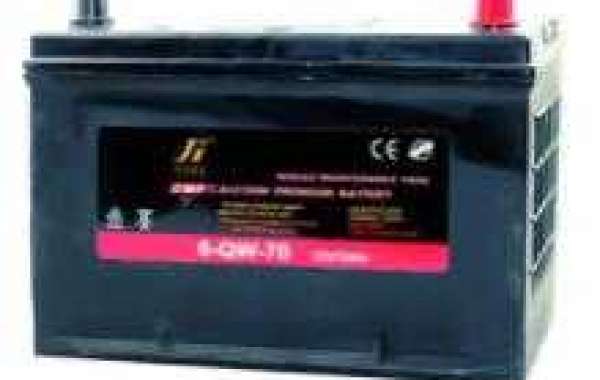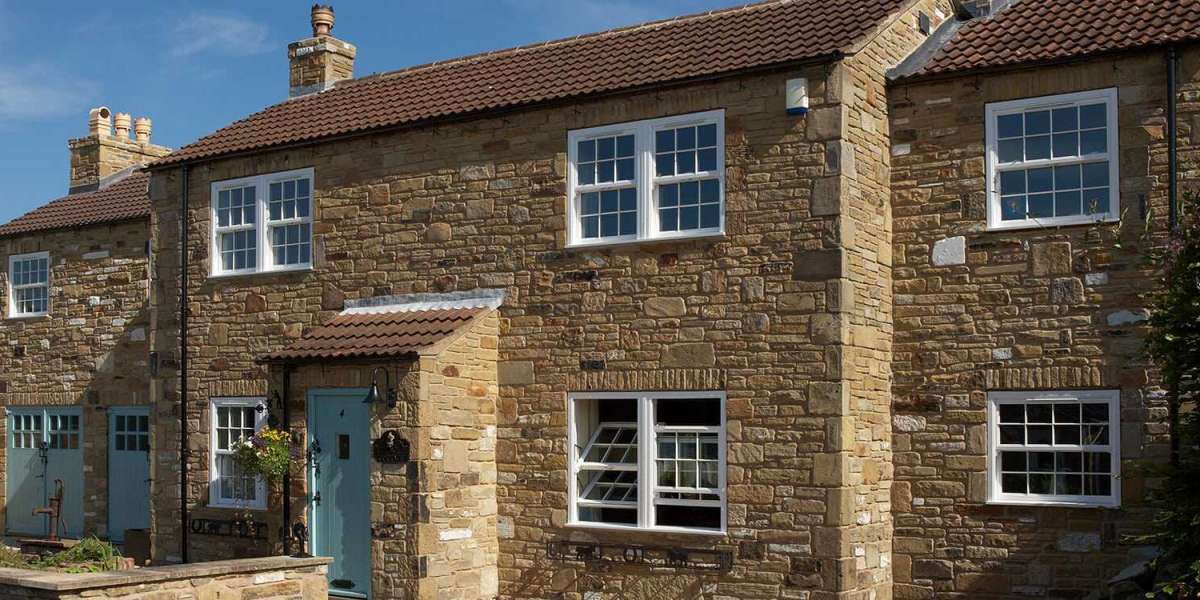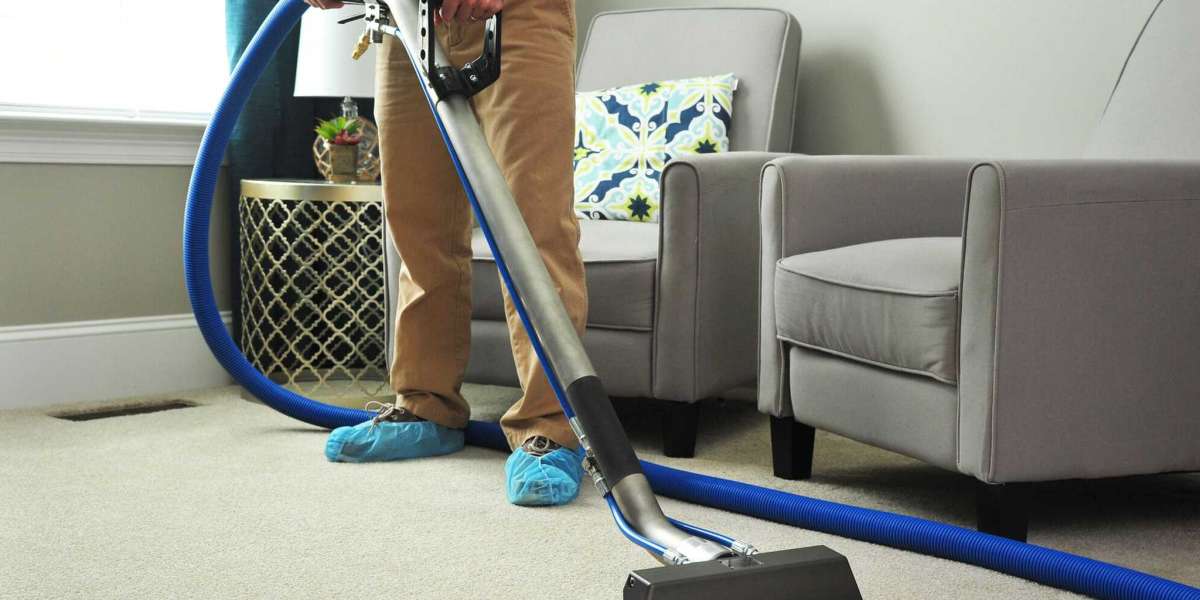While it's tempting to choose pots for looks, containers that meet your plants' unique needs will help maximize growth. In terms of pot size, you should always choose the smallest container that will support the plant's current height. A container that is too large holds too much soil, which in turn retains too much water for new plants. If your plants are fragile or growing rapidly, it might be a good idea to increase their size.
When it comes to materials from which indoor planters are made, not all planters are created equal. Some meet the needs of plants better than others. Here are the 3 most common materials and their pros and cons:
1. Glazed Ceramic: These pots have a glaze that makes them sparkle. Glazed planters come in a riot of colors and myriad patterns, offering seemingly endless design options. They restrict airflow more than some other materials but retain moisture better than unglazed materials.
2. Terra cotta: The porous surface of the clay allows excess water to evaporate and oxygen to flow in and out. However, they break easily, so keep them away from children and pets. They can also become very heavy and difficult to move as they increase in size.
3. Plastic: Plastic plant pots come in a variety of colors and patterns, very similar to ceramics. They are relatively lightweight and are shatterproof and shatterproof. However, they are not as forgiving as terracotta when it comes to overwatering, and if you are growing herbs or vegetables, make sure the plastic is food safe.
Pots need drainage, without it, the water stays at the bottom of the container, which can lead to soggy roots, yellowing leaves, mold growth, and many other houseplant problems. First, make sure your pot has drainage holes. Place the plants still in their nursery pots (with holes) in a large pot without holes (just remember to pour off excess water when you water the plants). Don't forget any excess water in the drain system, put a saucer underneath to catch the water before it reaches your floors or furniture.
Just keep in mind that you'll have to haul the purchased pot home, and it will gain weight once it's filled with potting mix and plants. You may need to move your plants to follow the sunlight (or the whim of your redecorating), so make sure you can flex those biceps to lift the ground plant or place it on a stand with casters.








